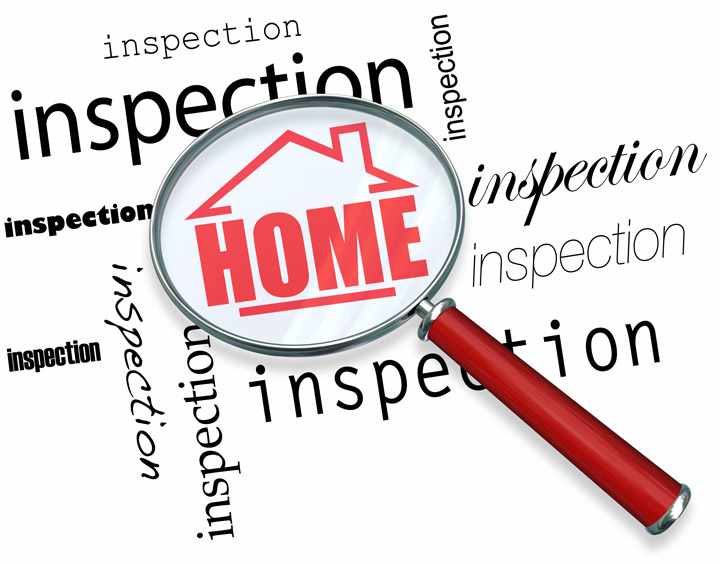
Understanding the Appraisal ProcessTheir home's purchase can be the most significant transaction some people will ever encounter. It doesn't matter if a primary residence, an additional vacation property or an investment, purchasing real property is an involved financial transaction that requires multiple people working in concert to make it all happen. Most people are familiar with the parties having a role in the transaction. The most recognizable person in the transaction is the real estate agent. Then, the lender provides the financial capital necessary to fund the transaction. The title company sees to it that all details of the sale are completed and that the title is clear to transfer from the seller to the purchaser. So, who makes sure the value of the real estate is in line with the amount being paid? In comes the appraiser. We provide an unbiased opinion of what a buyer might expect to pay — or a seller receive — for a property, where both buyer and seller are informed parties. A licensed, certified, professional appraiser from Sapient Appraisals will ensure, you as an interested party, are informed. The inspection is where an appraisal beginsOur first duty at Sapient Appraisals is to inspect the property to determine its true status. We must physically see features, such as the number of bedrooms and bathrooms, the location, living areas, etc, to ensure they truly are present and are in the condition a reasonable person would expect them to be. The inspection often includes a sketch of the floorplan, ensuring the square footage is accurate and illustrating the layout of the property. Most importantly, the appraiser looks for any obvious amenities - or defects - that would affect the value of the house. Back at the office, we use two or three approaches to determining the value of the property: paired sales analysis and, in the case of a rental property, an income approach. 
Cost ApproachThis is where we gather information on local construction costs, labor rates and other elements to figure out how much it would cost to replace the property being appraised. This value commonly sets the maximum on what a property would sell for. The cost approach is also the least used predictor of value. 
Paired Sales AnalysisAppraisers are intimately familiar with the subdivisions in which they appraise. They thoroughly understand the value of certain features to the people of that area. Then, the appraiser looks up recent transactions in the neighborhood and finds properties which are 'comparable' to the real estate at hand. Using knowledge of the value of certain items such as remodeled rooms, types of flooring, energy efficient items, patios and porches, or additional storage space, we add or subtract from each comparable's sales price so that they are more accurately in line with the features of subject property.
After all differences have been accounted for, the appraiser reconciles the adjusted sales prices of all the comps and then derives an opinion of what the subject could sell for. At Sapient Appraisals, we are an authority when it comes to knowing the worth of particular items in Cedar Rapids and Linn County neighborhoods. This approach to value is commonly awarded the most consideration when an appraisal is for a real estate purchase. Valuation Using the Income ApproachIn the case of income producing properties - rental houses for example - the appraiser may use an additional approach to value. In this case, the amount of revenue the property produces is factored in with other rents in the area for comparable properties to derive the current value. Arriving at a Value ConclusionCombining information from all approaches, the appraiser is then ready to stipulate an estimated market value for the subject property. Note: While this amount is probably the most accurate indication of what a house is worth, it may not be the price at which the property closes. There are always mitigating factors such as seller motivation, urgency or 'bidding wars' that may adjust the final price up or down. Regardless, the appraised value is often employed as a guideline for lenders who don't want to loan a buyer more money than the property is actually worth. Here's what it all boils down to, an appraiser from Sapient Appraisals will help you attain the most fair and balanced property value, so you can make profitable real estate decisions. |